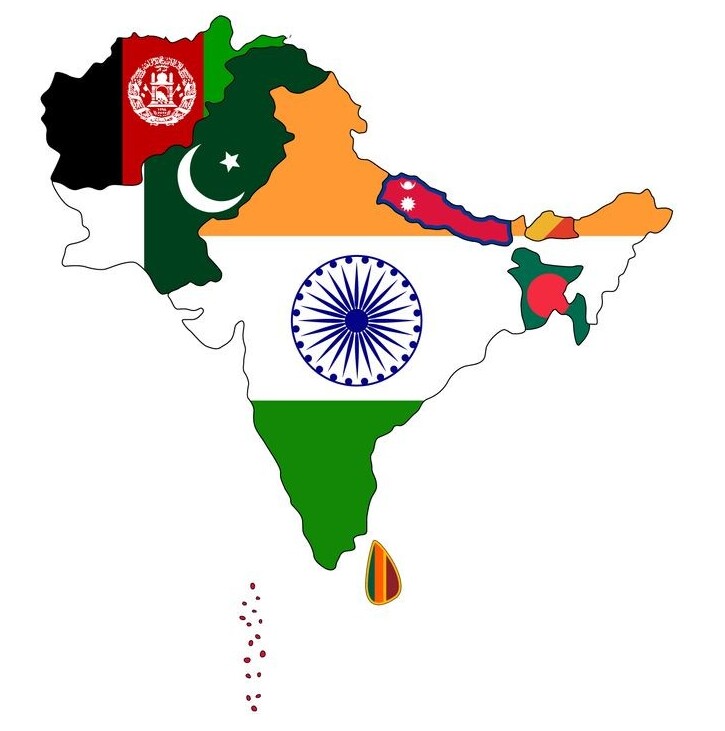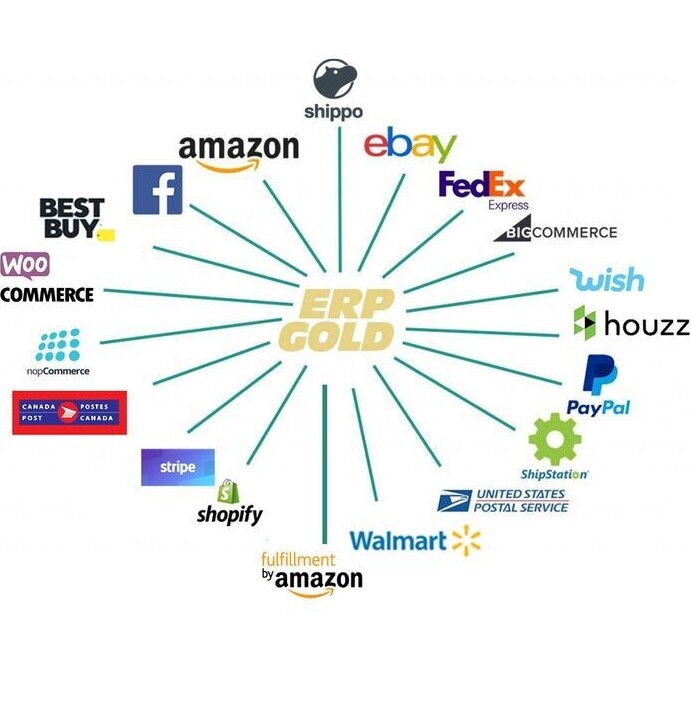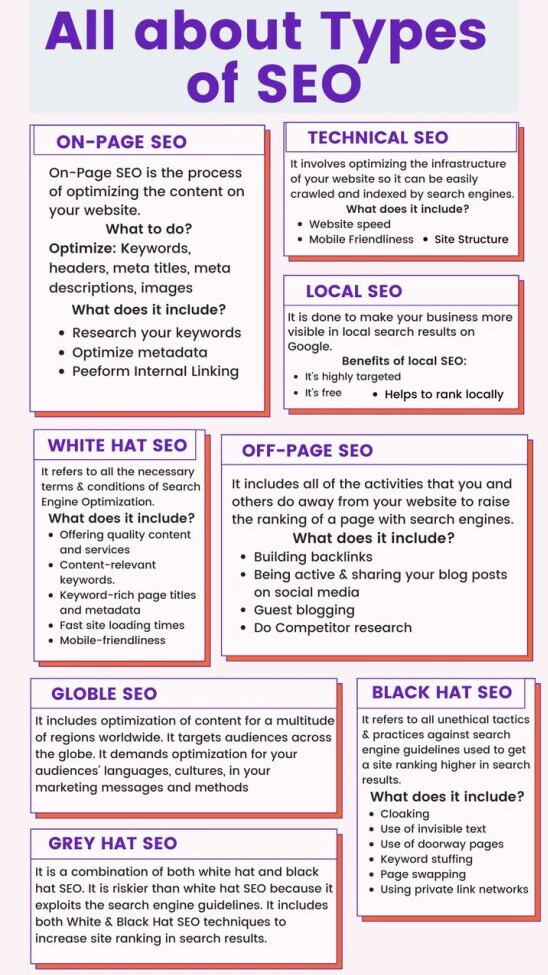
The Ultimate Guide to Marketing Your Online Business in South Asia
South Asia, home to over 1.8 billion people, is a region bursting with potential for online businesses. The rapid growth of internet usage, the rise of e-commerce, and the increasing number of tech-savvy consumers make it a fertile ground for entrepreneurs. However, marketing your online business in South Asia requires a deep understanding of the region’s diverse cultures, economic landscapes, and digital behaviors. Here’s the ultimate guide to navigating the complexities of marketing your online business in South Asia.
1. Understand the Market Landscape
South Asia consists of countries like India, Pakistan, Bangladesh, Sri Lanka, Nepal, and others, each with distinct consumer preferences, economic conditions, and cultural nuances. It’s essential to understand the specific market you are targeting within South Asia:
- India: The largest market in the region with a diverse consumer base, growing middle class, and a massive e-commerce industry.
- Pakistan: A fast-growing market with a large youth population and increasing digital adoption.
- Bangladesh: Rapidly developing with a growing e-commerce sector and increasing smartphone penetration.
- Sri Lanka and Nepal: Smaller but emerging markets, with growing interest in digital services and e-commerce.
Conduct market research to identify consumer behaviors, popular platforms, spending patterns, and potential competitors in the specific country or region you’re targeting.
2. Optimize for Mobile-First Experiences

South Asia has seen an explosion in smartphone usage, with millions of consumers accessing the internet primarily through mobile devices. To effectively market your online business, prioritize a mobile-first strategy:
- Ensure that your website and online store are optimized for mobile devices.
- Simplify navigation and ensure fast loading times, as slow websites can lead to higher bounce rates.
- Use responsive design to ensure a seamless user experience across various devices.
- Test your platforms on multiple screen sizes, as affordable smartphones are prevalent in the region.
By focusing on mobile-first experiences, you’ll be catering to the majority of the digital population in South Asia.
3. Leverage Social Media Powerhouses
Social media is the backbone of online marketing in South Asia. Platforms like Facebook, Instagram, WhatsApp, and YouTube dominate the digital landscape, making them critical for reaching your target audience. Here’s how to leverage each platform:

- Facebook and Instagram: These platforms offer extensive reach across the region. Use Facebook Ads and Instagram sponsored posts to target specific demographics based on location, age, interests, and behaviors.
- WhatsApp: WhatsApp Business allows you to directly connect with consumers, provide customer support, and send promotional messages. It’s a highly popular platform for communication across South Asia.
- YouTube: Video marketing is highly effective, and YouTube is one of the most widely used platforms in the region. Create engaging video content, product demos, and tutorials to capture attention.
Tailor your content to each platform’s strengths, and consider running paid ad campaigns to amplify your reach and engagement.
4. Speak the Local Language
South Asia is incredibly diverse in terms of language and dialects. Although English is widely spoken, local languages hold significant importance, especially when targeting regional or rural markets. Consider these tips:
- Translate content: Offering your website, ads, and marketing materials in local languages like Hindi, Urdu, Bengali, Tamil, or Sinhala can significantly increase your appeal to local consumers.
- Multilingual customer support: Providing customer support in multiple languages will help build trust and cater to a broader audience.
- Localized content: Create content that reflects the cultural nuances, festivals, and values of the region you’re targeting. This helps establish a stronger connection with your audience.
By speaking the local language, you demonstrate cultural sensitivity and increase the likelihood of converting leads into loyal customers.
5. Influencer Marketing with a Local Twist

Influencer marketing is a powerful strategy in South Asia, where local celebrities, bloggers, and micro-influencers hold substantial sway over consumer behavior. Partnering with influencers who resonate with your target audience can boost your brand’s visibility and credibility.
- Collaborate with local influencers: Identify influencers with strong followings in the region you’re targeting. These influencers can promote your products through reviews, tutorials, or sponsored posts.
- Micro-influencers: In South Asia, micro-influencers with niche followings often have higher engagement rates and are more trusted by their followers. Partnering with them can offer a more authentic connection with your audience.
- Cultural relevance: Ensure that the influencers you work with align with the cultural and social values of the region. Their content should resonate with your brand’s identity and appeal to local sensibilities.
Influencers act as trusted voices in the community, and their endorsements can significantly impact purchasing decisions.
6. Leverage Regional E-Commerce Platforms

While international platforms like Amazon and eBay are popular, South Asia has its own set of local e-commerce giants that dominate the market. These platforms provide an excellent opportunity for your online business to reach a broader audience:
- India: Flipkart, Myntra, and Snapdeal are popular platforms in addition to Amazon.
- Pakistan: Daraz is the leading e-commerce platform with extensive reach across the country.
- Bangladesh: Daraz and Evaly are popular for online shopping.
- Sri Lanka: Kapruka and Daraz have a strong presence.
Consider listing your products on these platforms or partnering with them to increase your visibility and credibility in the market.
7. Utilize Google and Local Search Engines

Search engine optimization (SEO) is crucial for attracting organic traffic to your website, especially through Google, the dominant search engine in South Asia. However, don’t overlook local search engines and platforms like Bing and Baidu, which may also have a presence in the region.
- Focus on local SEO: Use location-based keywords and create localized content that ranks well in search results. Ensure your business is listed on Google My Business and other local directories.
- Voice search optimization: With mobile voice search growing in popularity, especially in regional languages, optimize your website for voice queries.
- Run Google Ads: Google Ads can help you reach your target audience quickly and effectively. Use geo-targeting to focus your campaigns on specific cities or regions within South Asia.
By optimizing for both global and local search engines, you’ll capture a wider range of potential customers searching for your products or services.
8. Capitalize on Festivals and Holidays


South Asia is known for its vibrant festivals and cultural events, which present unique marketing opportunities. Festivals like Diwali, Eid, Durga Puja, and Pohela Boishakh are times when consumers are more likely to make purchases.
- Festival promotions: Launch special promotions, discounts, or sales around major festivals. Create festive-themed content to align with the celebratory mood.
- Localized ads: Run ad campaigns that tap into the festive spirit, using culturally relevant imagery, messaging, and products.
- Seasonal content: Tailor your content calendar to include blog posts, social media updates, and newsletters that reflect upcoming holidays and festivals.
By aligning your marketing with these significant cultural moments, you’ll tap into the heightened consumer activity and engagement during these times.
9. Offer Flexible Payment Options
One of the major challenges in the South Asian online business market is providing flexible payment options that cater to diverse customer preferences. While credit cards and PayPal are popular in some areas, many consumers still rely on alternative methods like cash on delivery (COD), mobile wallets, or bank transfers.
- Cash on delivery: Offering COD can significantly increase trust, especially among consumers who are skeptical about online transactions.
- Mobile wallets: Partner with popular mobile payment platforms like Google Pay, Paytm, EasyPaisa, bKash, and JazzCash, which are widely used in various South Asian countries.
- Installment plans: Offering installment payment options can make higher-priced products more accessible to a larger audience.
Providing a range of payment options will ensure that you cater to consumers across different income levels and preferences.
10. Focus on Customer Trust and Support
Trust is a crucial factor in building a loyal customer base in South Asia. Many consumers are still cautious about online transactions, so building credibility is essential:
- Provide excellent customer service: Offer prompt responses to inquiries and ensure that customer support is available in local languages.
- Showcase reviews and testimonials: Positive reviews and user testimonials from local customers can significantly enhance your credibility.
- Secure payment gateways: Use secure payment gateways and clearly communicate your privacy and security policies to reassure customers about the safety of their transactions.
Building trust is the foundation for long-term success in South Asia’s growing digital market.
Conclusion
Marketing your online business in South Asia requires a thoughtful, culturally aware, and strategic approach. By understanding the market, embracing mobile-first strategies, leveraging social media and local influencers, and adapting to cultural nuances, you can effectively reach and engage with South Asian consumers. Whether you’re tapping into festival marketing or optimizing for regional SEO, the key is to be flexible, authentic, and responsive to the dynamic dig
No Responses